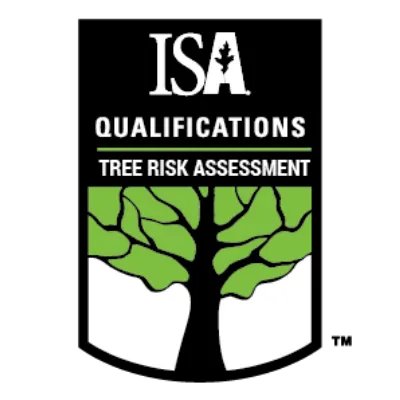
Top 5 Mistakes Homeowners Make With Their Trees in Spring
Spring rolls around in Pennsylvania and New Jersey, and suddenly everyone’s a "tree expert."
Garden centers start slinging mulch, hardware stores push shiny new chainsaws, and YouTube floods your feed with DIY pruning tutorials from a guy named "Mike the Landscaper" (who, let’s be real, probably kills more trees than he saves).
If you actually care about keeping your trees alive and looking good — instead of turning them into hazard zones — it pays to know what not to do.
Here are the top 5 mistakes homeowners make with their trees every spring — and how to avoid being "that neighbor" with the sad, half-dead maple.
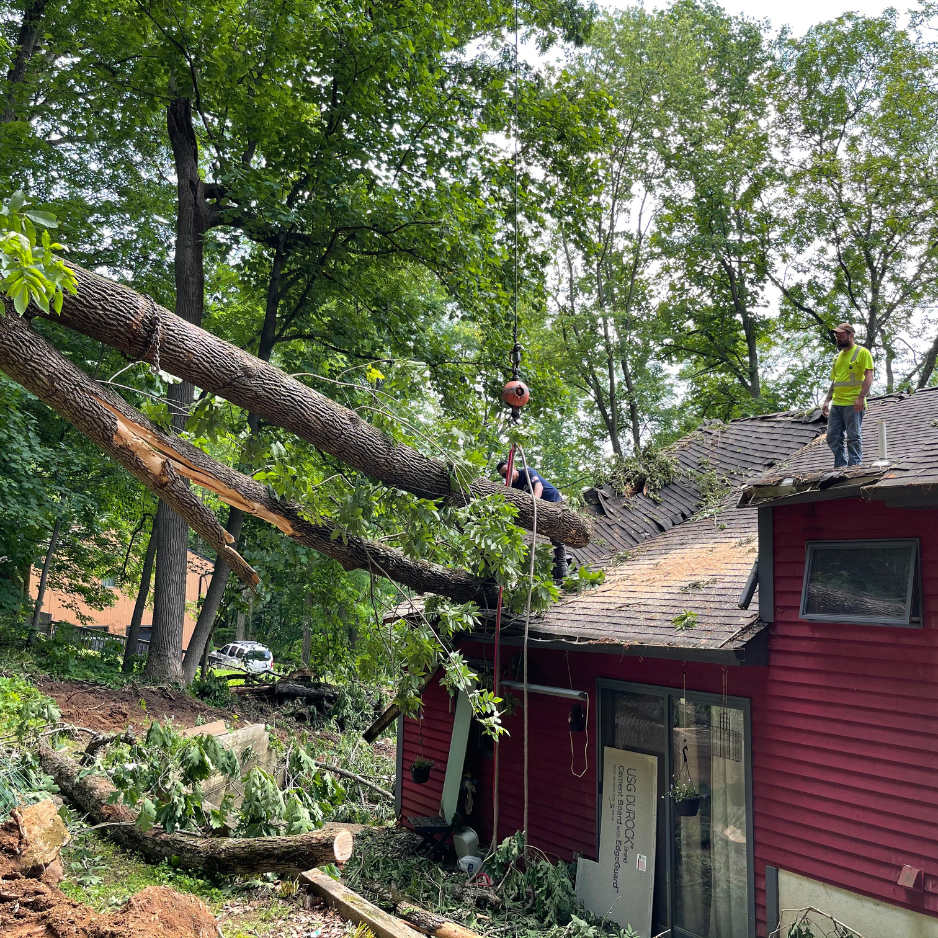
1. Over-Pruning or Bad Pruning
Pruning is like a haircut for your tree. Done right, it’s healthy and clean. Done wrong, and your tree looks like it lost a fight with a weed whacker.
Common DIY Pruning Mistakes:
Topping trees (literally cutting off the top flat — trees hate this)
Cutting too close to the trunk (no "flush cuts," please)
Leaving random stubs that invite disease
Pruning in late spring or summer (wrong timing = stress)
Pro Tip: Early spring is the sweet spot. Clean cuts at the right spots heal fast and encourage strong growth. Or, you know, you could let a certified arborist handle it and not accidentally turn your oak into a cautionary tale.
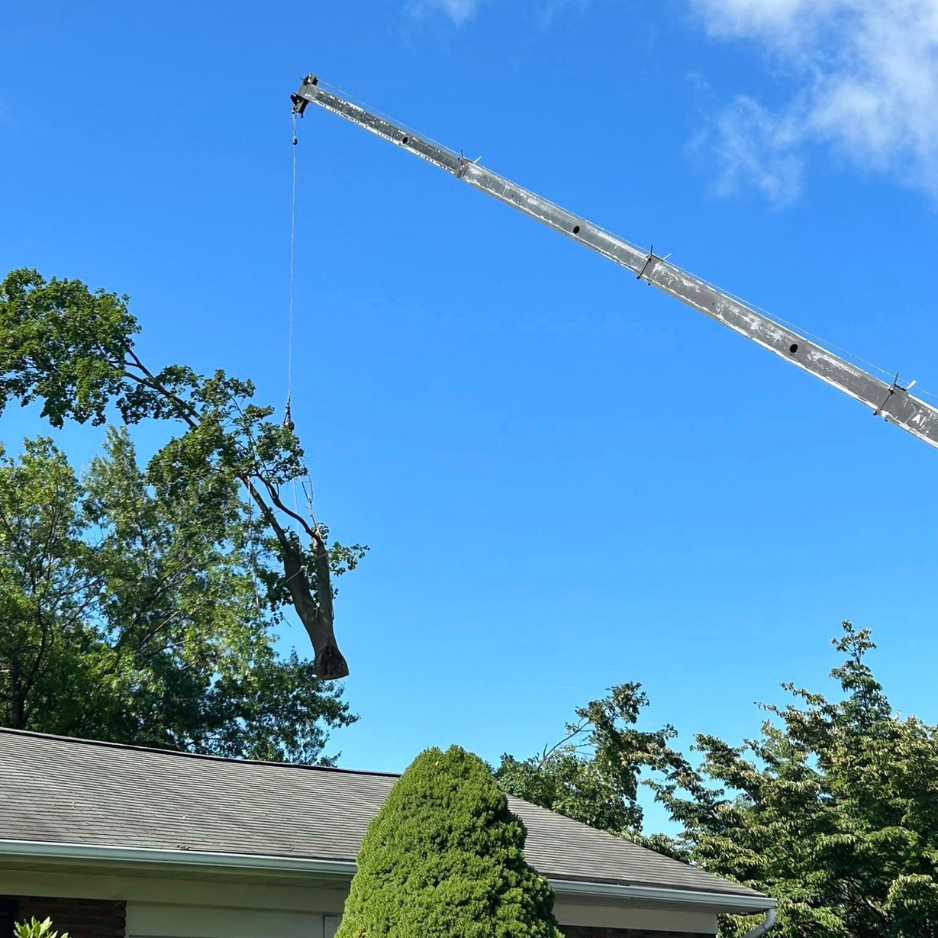
2. Mulching Like You’re Building a Volcano
Mulch is great. Mulch done wrong? Absolute tree-killer.
Enter the "Mulch Volcano"— that giant, conical pile of mulch packed tight against the trunk.
Why It’s Bad:
Traps moisture against the bark (hello, rot and fungus)
Encourages roots to grow up into the mulch instead of down into the soil (not a long-term survival plan)
Attracts pests who like to party under all that damp, cozy material
Correct Mulching:
Spread mulch in a donut shape, 2-4 inches thick.
Keep it 3-6 inches away from the trunk.
No mountains. Think "tidy nest," not "volcano of doom."
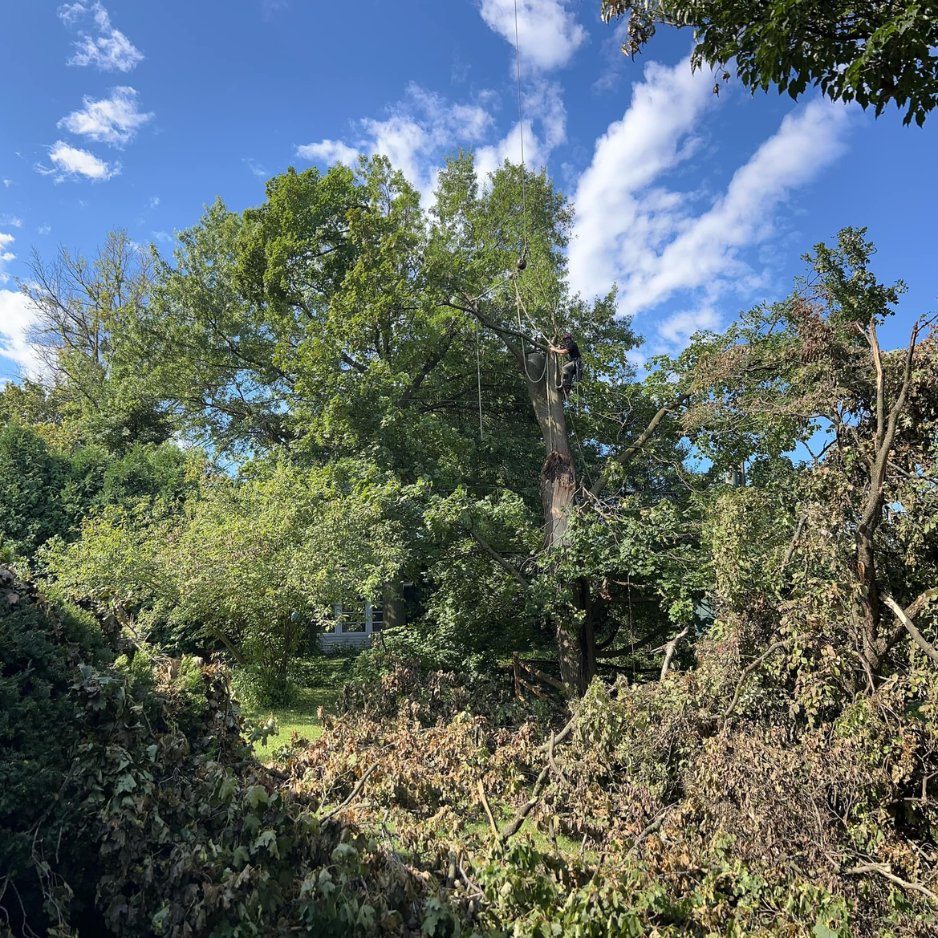
3. Watering… or Forgetting to Water
Spring weather is unpredictable. One week it's raining sideways, the next it’s dry as a bone.
Common Watering Mistakes:
Drowning trees with daily waterings "just to be safe"
Assuming spring rains are enough for young or stressed trees
Watering only the surface instead of soaking deeply
Smart Watering Rules:
Deep water once a week (more if unusually dry)
Soak the root zone, not the trunk
Early morning is best (watering at night invites fungus)
If your watering plan is "hope for the best," your tree’s roots are rolling their eyes at you right now.
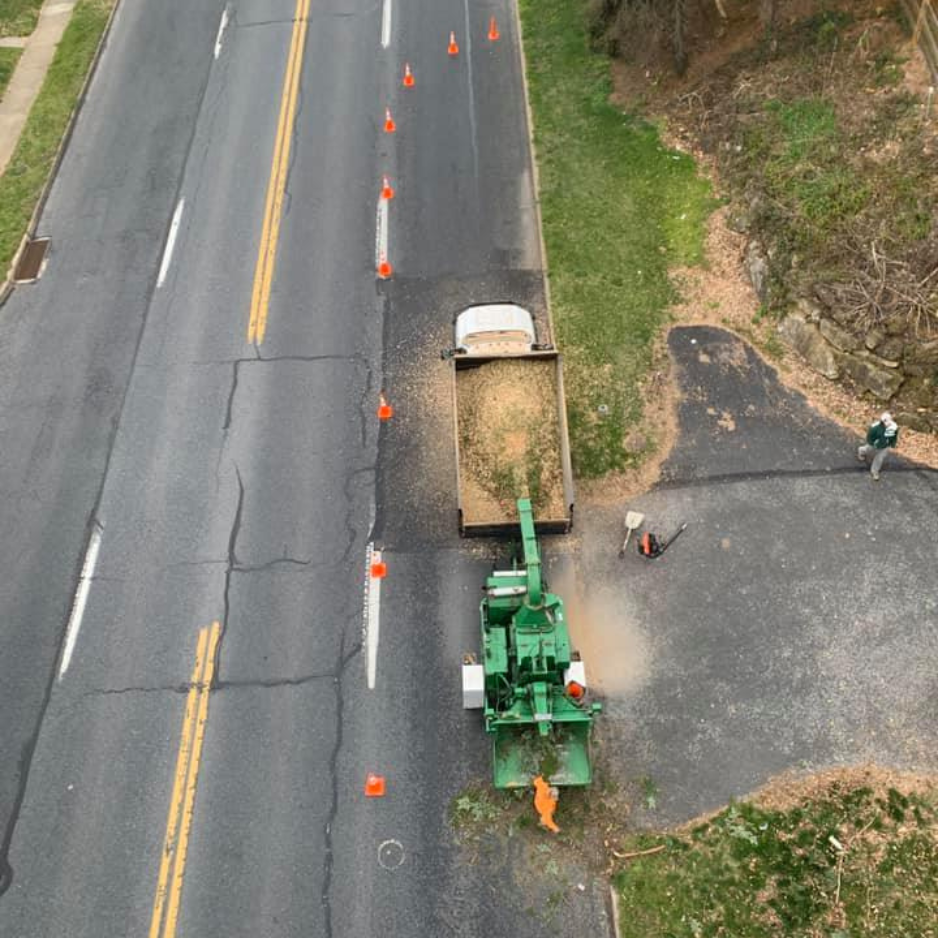
4. Ignoring Disease and Pest Warning Signs
Spring is when trees wake up — and so do pests and pathogens. Early signs of trouble are easy to miss if you're not paying attention.
Warning Signs You Shouldn't Ignore:
Discolored or curling leaves
Tiny holes in bark (a big neon sign for borers)
Mushrooms growing at the base
Oozing sap or dark streaks
"It’ll probably get better on its own" is a great motto… if you want a dead tree by August. Early intervention saves trees (and money).
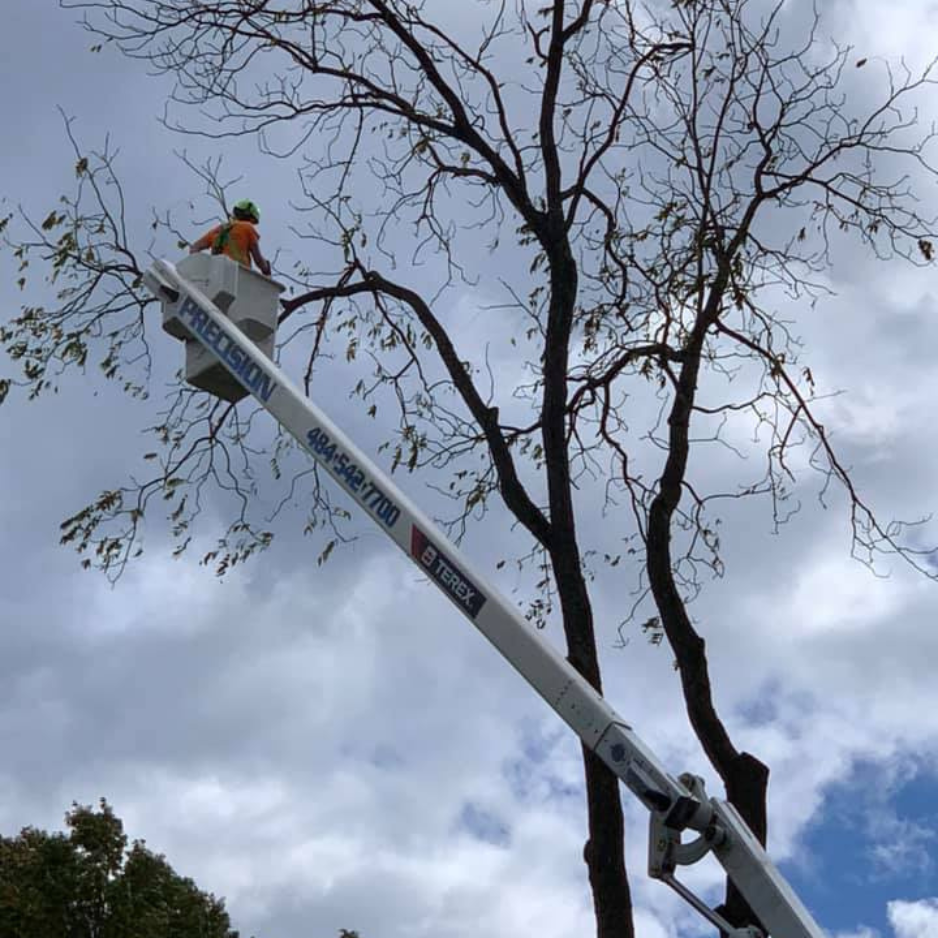
5. DIY Tree Work That's Way Over Your Head (Literally)
Look, YouTube is great for learning how to bake bread or change a tire. It's not great for figuring out how to safely prune a 40-foot oak limb over your driveway.
Common DIY Disasters:
Falling off ladders
Cutting branches that swing back at you
Dropping limbs onto roofs, cars, or power lines
Getting the chain saw stuck mid-cut (yes, it happens more than you'd think)
If you’re using one hand to hold a chainsaw and the other to "steady" a ladder, congratulations — you’re now a cautionary tale.
Rule of Thumb:
Anything involving big limbs, heights, or structures needs a professional.
Certified arborists have the equipment, training, and insurance to do it right.

Spring Tree Care FAQs
When is the best time to prune trees in spring?
Late winter to early spring, before trees fully leaf out.
How much mulch should I put around my trees?
2-4 inches deep, spread out in a wide, even layer. Keep it off the trunk.
How often should I water my trees in spring?
Deeply once a week, unless rainfall is heavy. Newly planted trees may need more.
What’s the first sign my tree might be sick?
Changes in leaf color, strange bark textures, and early leaf drop are big red flags.
Can all trees recover from winter damage?
Not always. Early inspections catch problems before they turn fatal.
Conclusion: Treat Your Trees Right This Spring
Spring is prime time for giving your trees the head start they need. Avoid these common mistakes, and you’ll have healthier, stronger trees ready to tackle storm season, summer heat, and whatever else the weather throws their way.
And if you’re ever in doubt — or if you’d rather not risk your limbs dealing with tree limbs — leave it to the pros.
Want expert help keeping your trees healthy this spring?
Visit Precision Tree Experts to schedule your inspection or trimming service today!

